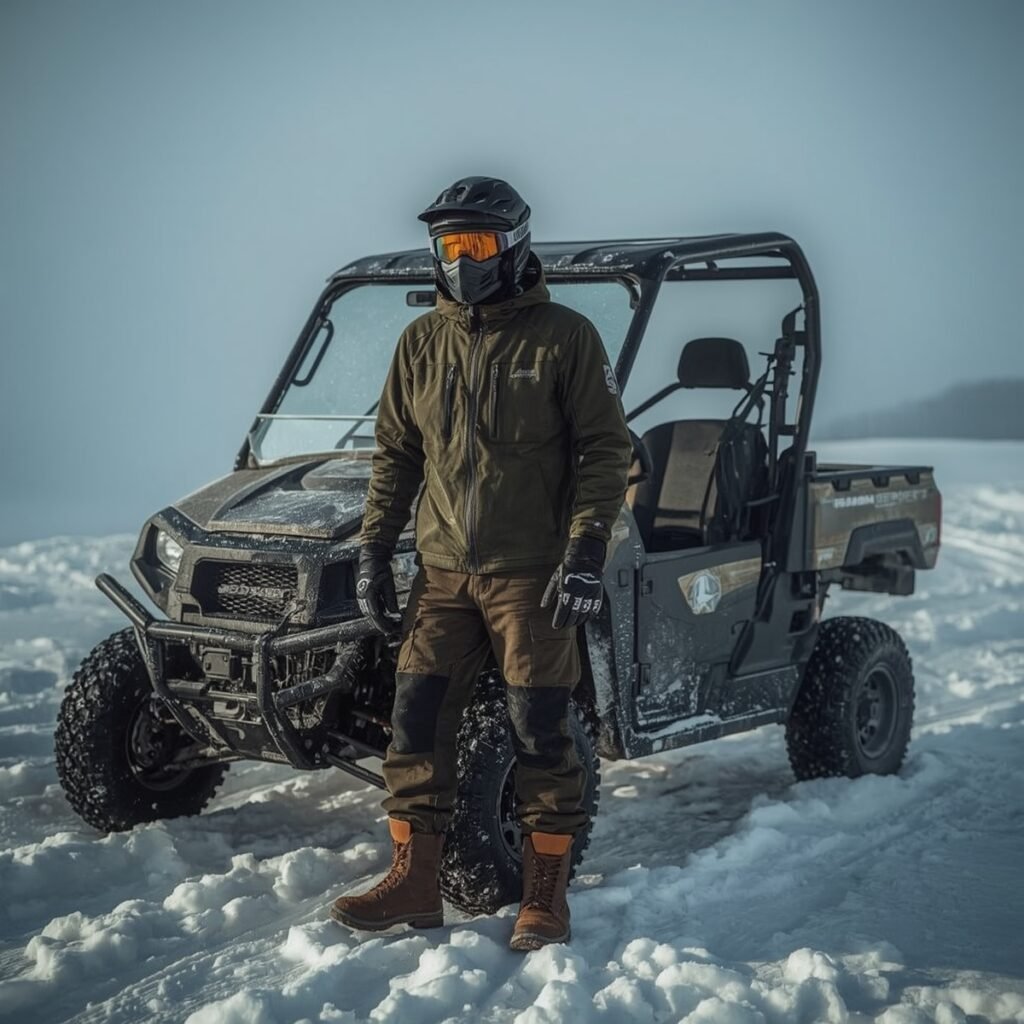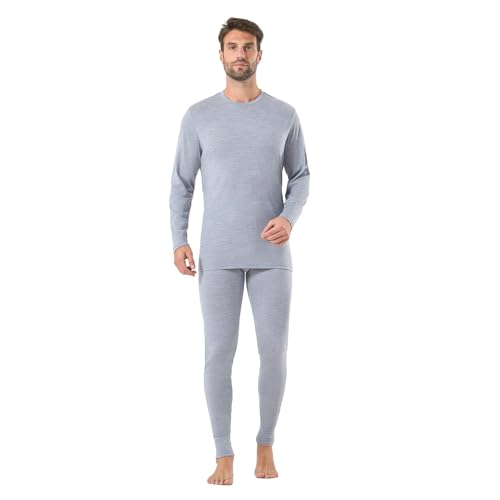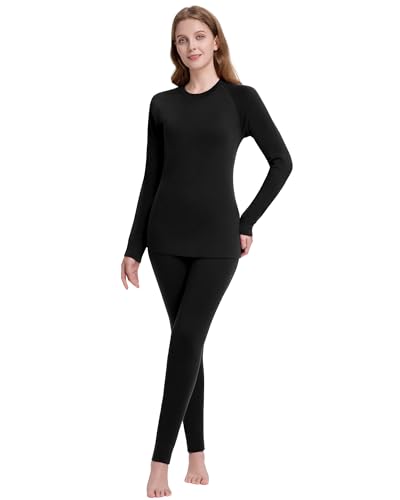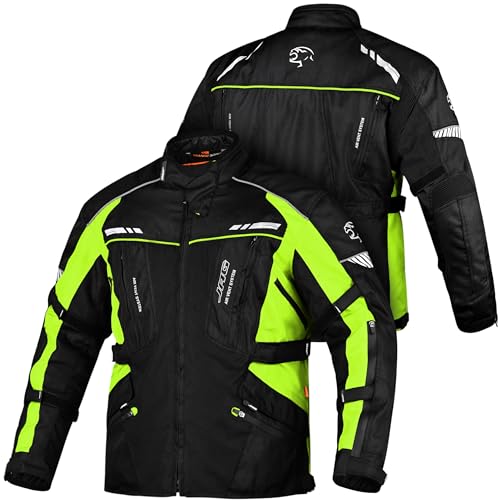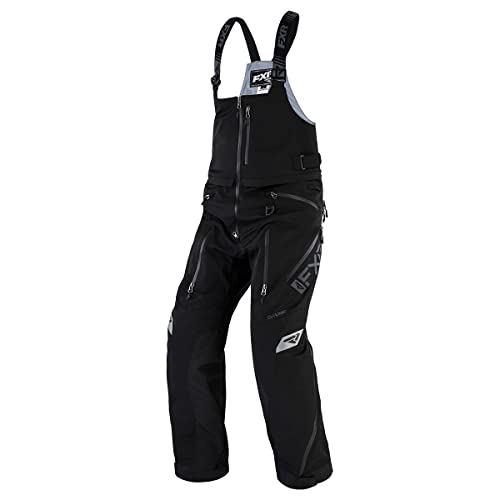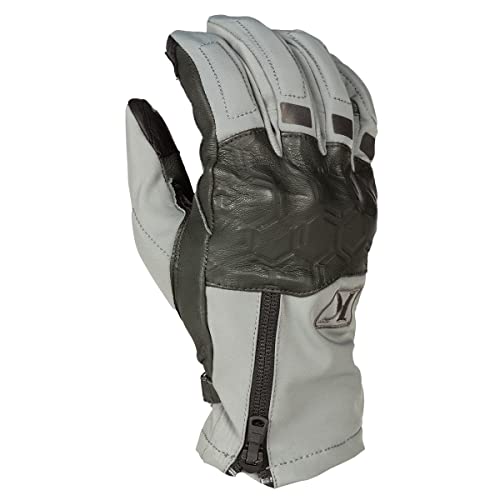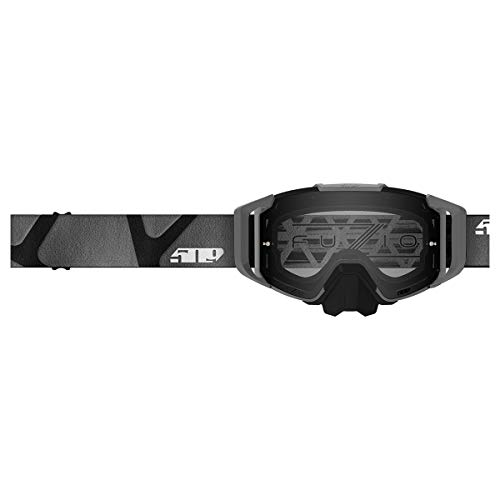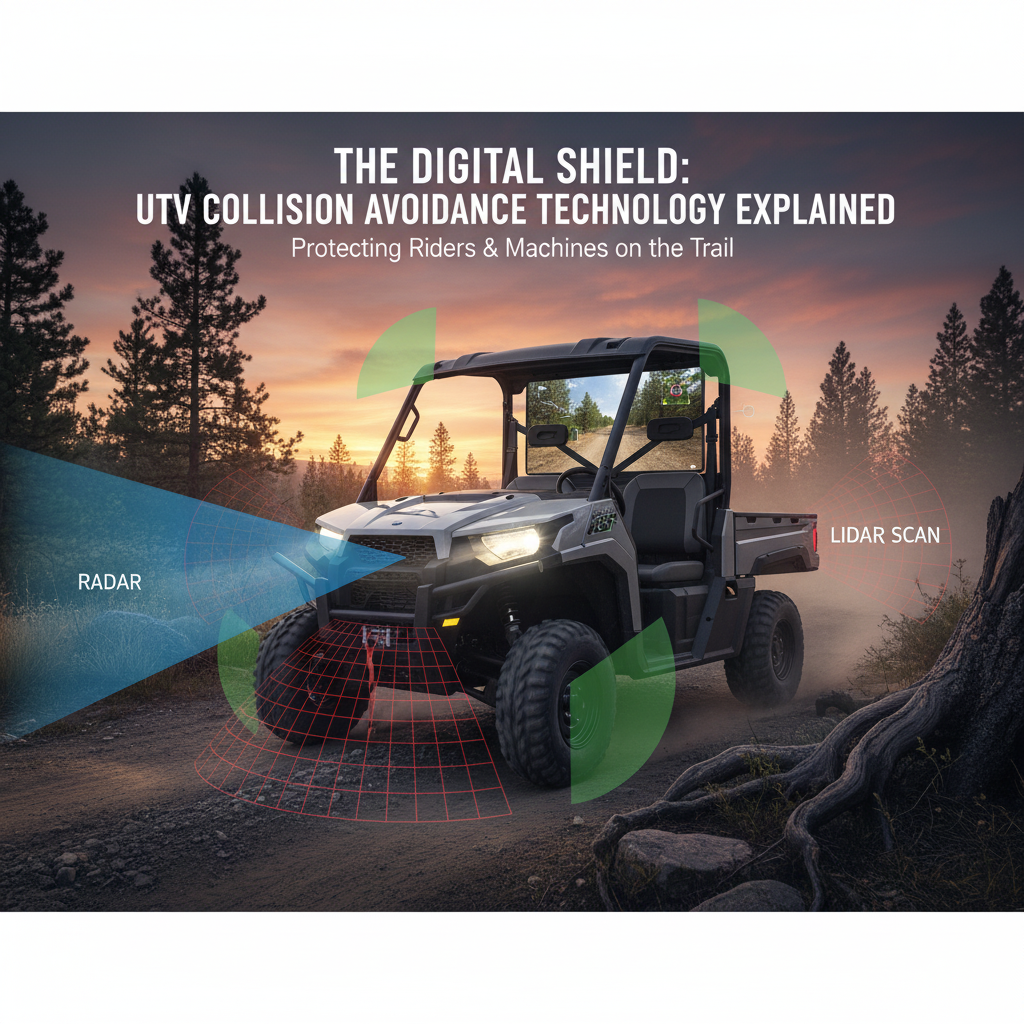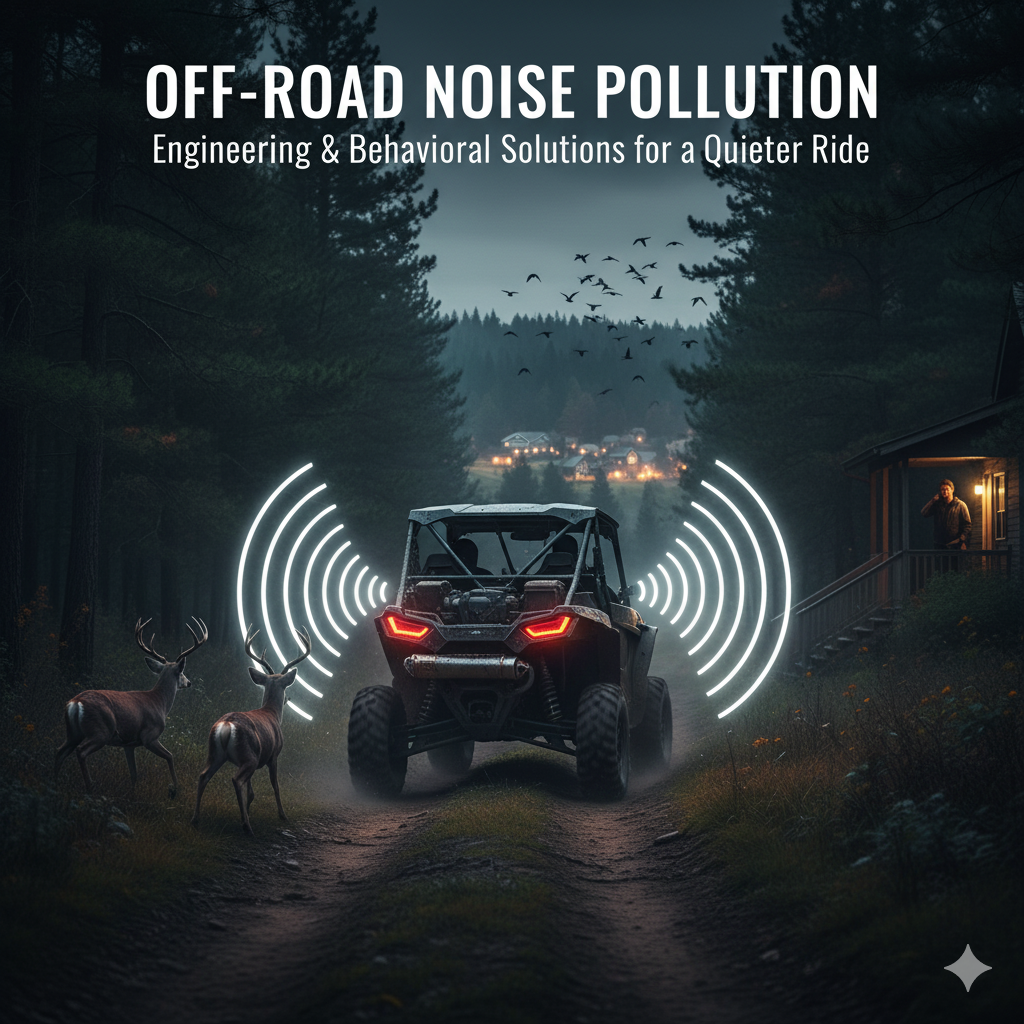For many UTV enthusiasts, the arrival of colder weather doesn’t mean parking their side-by-side until spring.
In fact, winter riding offers a unique and exhilarating experience – crisp air, snow-covered landscapes, and trails transformed into new challenges.
However, to truly enjoy these frosty adventures, proper preparation is key.
Battling the elements without the right gear can quickly turn a thrilling ride into a miserable, and potentially dangerous, ordeal.
As someone who loves hitting the trails year-round, I understand the importance of staying warm, dry, and comfortable when the temperatures drop.
In this comprehensive guide, I’ll share my insights on the best cold-weather gear for UTV owners.
We’ll cover everything from essential layering strategies and specialized apparel to heated accessories and cab enclosures that can make your winter rides not just tolerable, but genuinely enjoyable.
My goal is to help you gear up wisely, ensuring you can extend your riding season and embrace the beauty of winter off-roading with confidence and warmth.
I’ll also include relevant Amazon affiliate product recommendations and external links to help you find the perfect cold-weather solutions for your UTV adventures.
Essential Cold-Weather Apparel: Layer Up for Success
The foundation of staying warm in cold weather is proper layering.
This strategy allows you to adapt to changing temperatures and activity levels, wicking away sweat to prevent chilling and trapping warmth effectively.
Here’s a breakdown of the essential apparel layers for UTV owners:
1. Base Layers: Moisture-Wicking Foundation
Your base layer is critical.
It sits directly against your skin and its primary job is to wick away sweat, keeping you dry.
Avoid cotton, as it absorbs moisture and will make you cold once wet.
-
- What to look for: Synthetic materials (polyester, polypropylene) or merino wool. Both are excellent at moisture management.
- Recommendation: Medium-weight base layers for most cold conditions. For extreme cold, opt for heavyweight.
2. Mid-Layers: Insulation for Warmth
The mid-layer provides insulation, trapping warm air close to your body.
This layer can be adjusted based on the temperature.
-
- What to look for: Fleece jackets, insulated vests, or lightweight puffy jackets. Materials like synthetic fleece or down (if kept dry) are ideal.
- Recommendation: A good quality fleece jacket or a thin insulated jacket that allows for freedom of movement.
3. Outer Shell: Protection from Elements
Your outer shell is your shield against wind, snow, and rain.
It needs to be waterproof, windproof, and breathable to prevent overheating and moisture buildup from the outside.
-
- What to look for: Jackets and pants made from Gore-Tex, eVent, or similar waterproof/breathable membranes. Look for sealed seams and durable construction.
- Recommendation: A UTV-specific riding jacket and pants or bibs designed for snowmobiling or extreme winter sports. These often have reinforced areas and features like snow gaiters.
4. Headwear: Helmets, Balaclavas, and Goggles
Heat escapes rapidly from your head, so proper head protection is vital.
A good helmet, combined with a balaclava, will keep you warm and protected.
-
- Helmet: A full-face helmet or a modular helmet with a good visor is recommended to protect against wind and cold. Ensure it has good ventilation to prevent fogging.
- Balaclava/Neck Gaiter: Worn under your helmet, a balaclava covers your head, face, and neck, providing crucial warmth and wind protection. A neck gaiter is a good alternative for less extreme cold.
- Goggles: Essential for eye protection and clear vision. Look for dual-pane lenses to prevent fogging and consider heated goggles for extreme conditions.
5. Hands and Feet: Gloves and Boots
Your extremities are most susceptible to cold. Invest in high-quality, insulated, and waterproof gloves and boots.
-
- Gloves: Look for insulated, waterproof gloves designed for winter powersports. Gauntlet-style gloves that go over your jacket cuffs offer better protection from snow and wind. Consider heated gloves for maximum warmth.
- Boots: Waterproof, insulated boots with good traction are a must. Ensure they are tall enough to keep snow out and provide ankle support.
- Socks: Wear moisture-wicking wool or synthetic socks. Avoid cotton. Layering a thin liner sock under a thicker insulated sock can also help.
Heated Accessories and Cab Enclosures: Elevating Winter Comfort
While proper layering is crucial, certain accessories can significantly enhance your comfort and extend your riding time in freezing temperatures.
These are the game-changers for serious winter UTV enthusiasts.
1. UTV Cab Heaters
Just like in your car, a dedicated cab heater can transform your UTV cabin into a warm oasis.
These typically tap into your UTV’s coolant system (like a miniature car heater) or are electric.
Coolant-based heaters offer superior warmth, while electric ones are easier to install but less powerful.
-
- Why it’s essential: Provides consistent, powerful heat inside an enclosed cabin, making long rides in extreme cold much more comfortable.
- Considerations: Look for model-specific kits for easier installation. Consider BTU output for heating efficiency. Some come with defrost vents.
2. Heated Seats
Nothing beats the feeling of a warm seat on a cold day.
Heated seat kits can be installed under your existing seat covers and provide direct warmth to your body, which is incredibly effective at combating the cold.
-
- Why it’s essential: Direct body warmth, especially effective when combined with an enclosed cab or for open-cab UTVs.
- Considerations: Look for kits with adjustable heat settings (high/low). Installation typically involves removing seat covers and wiring.
3. Heated Grips and Thumb Warmers
Your hands are constantly exposed to the cold, and cold hands can quickly ruin a ride.
Heated grips and thumb warmers provide direct heat to your hands, keeping them nimble and comfortable.
-
- Why it’s essential: Prevents numb, painful hands, maintaining control and comfort.
- Considerations: Ensure compatibility with your UTV’s handlebars and electrical system. Many kits are universal.
4. Full Cab Enclosures
For the ultimate cold-weather protection, a full cab enclosure is a must.
This typically includes a roof, windshield, rear panel, and doors, creating a sealed environment that traps heat and keeps out wind, snow, and rain.
-
- Why it’s essential: Creates a climate-controlled environment, significantly reducing exposure to the elements and making heated accessories far more effective.
- Considerations: Look for durable, weather-resistant materials. Hard cabs offer maximum protection, while soft cabs are more affordable and easier to remove. Ensure good visibility through windows.

Conclusion
Don’t let the chill in the air keep you from enjoying your UTV.
With the right cold-weather gear for UTV owners, you can extend your riding season and discover the unique beauty of winter trails.
By strategically layering your apparel, investing in quality heated accessories, and considering a full cab enclosure, you can create a comfortable and safe environment that allows you to focus on the adventure, not the cold.
Remember, preparation is key. Always check weather forecasts, inform someone of your route, and carry emergency supplies.
Embrace the frosty air, the snow-dusted landscapes, and the quiet solitude of winter off-roading.
With these tips and gear recommendations, you’re now ready to conquer the cold and make unforgettable memories on your UTV, no matter how low the temperature drops.
Stay warm, stay safe, and happy winter riding!

